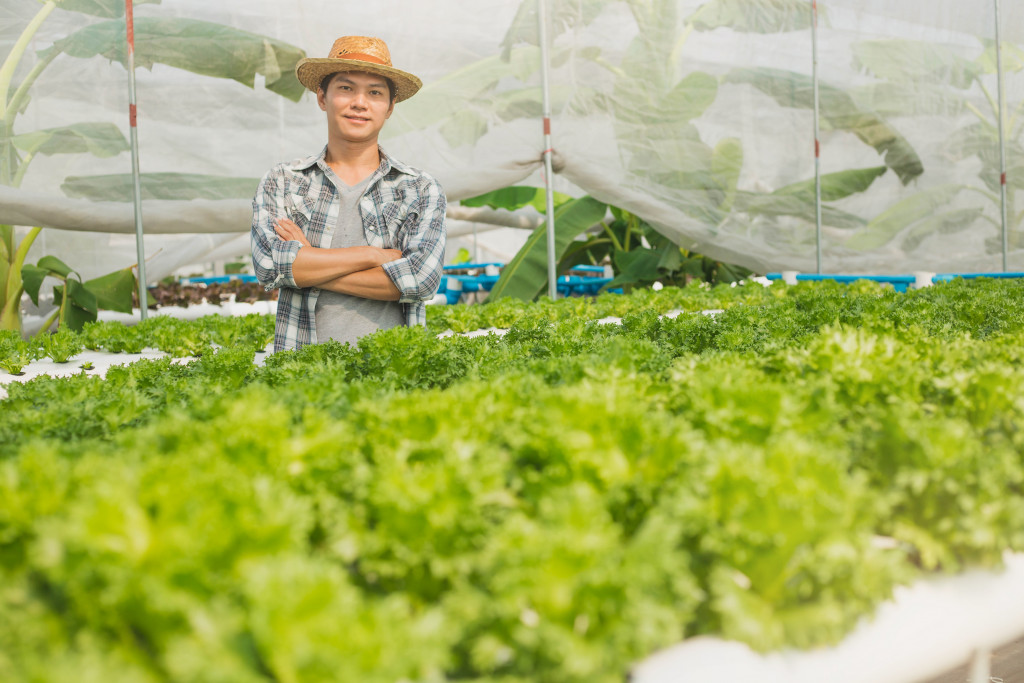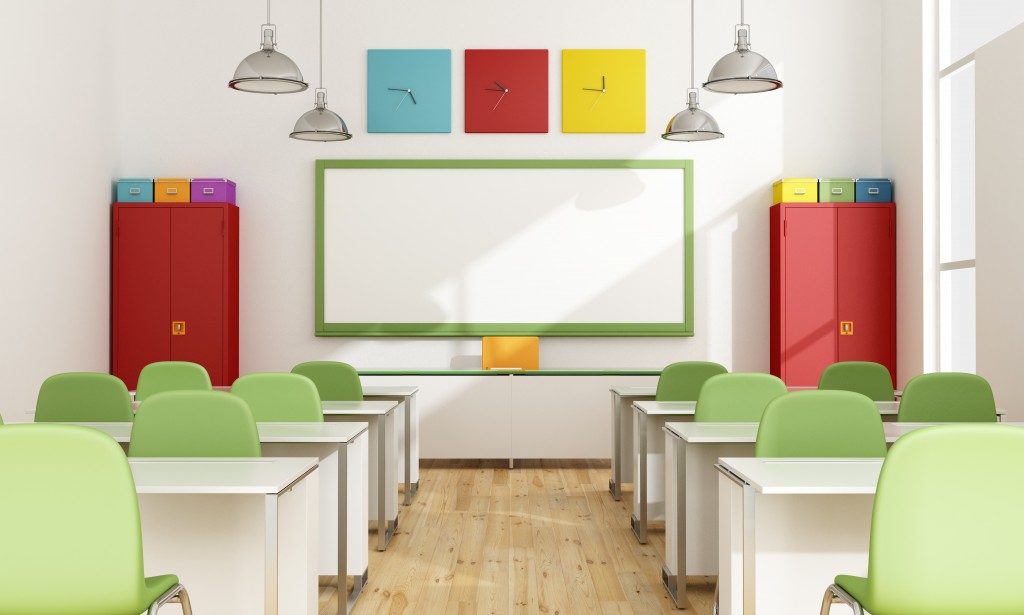Gardening currently returns to popularity. Even non-domestic citizens now take this as a hobby for good reasons. Gardening proves to boost their health, immunity, and well-being, which are essential during this pandemic. This has been exactly why hospitals make way for gardens, knowing their therapeutic effects.
Anything may work for plant enthusiasts. They can do it in a huge or small space, indoor or outdoor. If you are one of the many converts to gardening or home-improving since the pandemic, then here are some trends you may not want to miss out on:
Growing microgreens
Microgreens include herbs, lettuces, salad green, mustard, peas, spinach, radish greens, kale, etc. They may not necessarily be cheap at the groceries. But one good thing about them is they’re easily grown and yet, quickly harvested! They grow for as fast as 7 to 10 days.
Many Americans now prefer to grow their food at home rather than go buy them in groceries. Aside from having a tiny, delightful farm of greens, these plants are filled with nutrients and can grow with small space and supplies.
You can grow microgreens anywhere you like—whether in an indoor pot near sunny windows or an outdoor garden bed. All you need are some microgreen seeds, then you can enjoy a fresh supply of herbs and vegetables anytime. And the benefit doesn’t end with the harvesting part. Planting them indoors, you get the most natural air freshener too. Beautifying your home should also include improving your air quality.
Do more indoor gardening
If the idea of purifying your indoor air sounds appealing, then go deeper into indoor gardening than just planting microgreens. This has since been a social media trend even before the pandemic but became more common when people are forced to spend more time at home.
According to research, living with indoor plants come with various benefits aside from improving indoor air quality. They’re proven to reduce stress, sharpen attention, work like a therapy, increase productivity, and aid in recovery. Also, indoor plants can minimize the effects of work-related anxiety and stress.
Be sure to choose indoor plant varieties that will not pose a danger to pets and animals. A few of the most effective and safe plant species you may want to include rubber tree, Ficus tree, Boston fern, spider plant, areca, and bamboo palms. If you want to bring other kinds of plants, check dependable sources and determine their safety first.

Go for vertical gardening
Vertical gardening doesn’t only increase the color of your space but also reduces your lawn care startup costs. This gardening style proves planting can be done not just on floors but on walls as well. Vertical gardening is also the easiest way to make your home lively and full of charm. Even restaurants have picked up the trend, leveling their environment up with fresh vegetables and herbs.
If you want to grow more but don’t have enough space, then planting upward is your best choice. Vertical farming allows you to grow your plants upward instead of putting them into a single layer in a large area. You can even go as high as you want provided that you have an efficient system. This makes vertical gardening an appealing option for city and urban farming.
You can do your own vertical farming project too, maximizing even the smallest space in your balcony. For this DIY project, you may use mounted wall planters, hanging baskets, or certain recycled objects.
Turn it wild with naturalistic planting
Naturalistic planting refers to a planting style that aims for a naturalistic landscape. Designer Piet Oudolf developed this style in the late 1990s. The goal is to turn urban gardens into something aesthetic and wild-like while enhancing the local biodiversity. With properly developed local biodiversity, the use of herbicides, fertilizers, and pesticides is lessened.
This gardening style can work with any landscape whether contemporary, formal, or cottage. And it can be upscaled or down depending on your preferences, so you can fit it in a small window or a front yard on your lawn. Take note that the smaller it is, the finer the details and positioning.
Choosing all things organic
While you can nurture local biodiversity for your ornamental plants, choose to go organic for your home-grown food too. Use natural materials like tea compost, coffee grounds, etc. rather than buy fertilizers or anything artificial.
This way, you promote a healthier lifestyle while putting your waste to better use and reducing your carbon footprint. For your plant containers, you may even reuse old boxes, reinventing them according to their new use. Spending much time at home, you might as well try these latest trends out!



